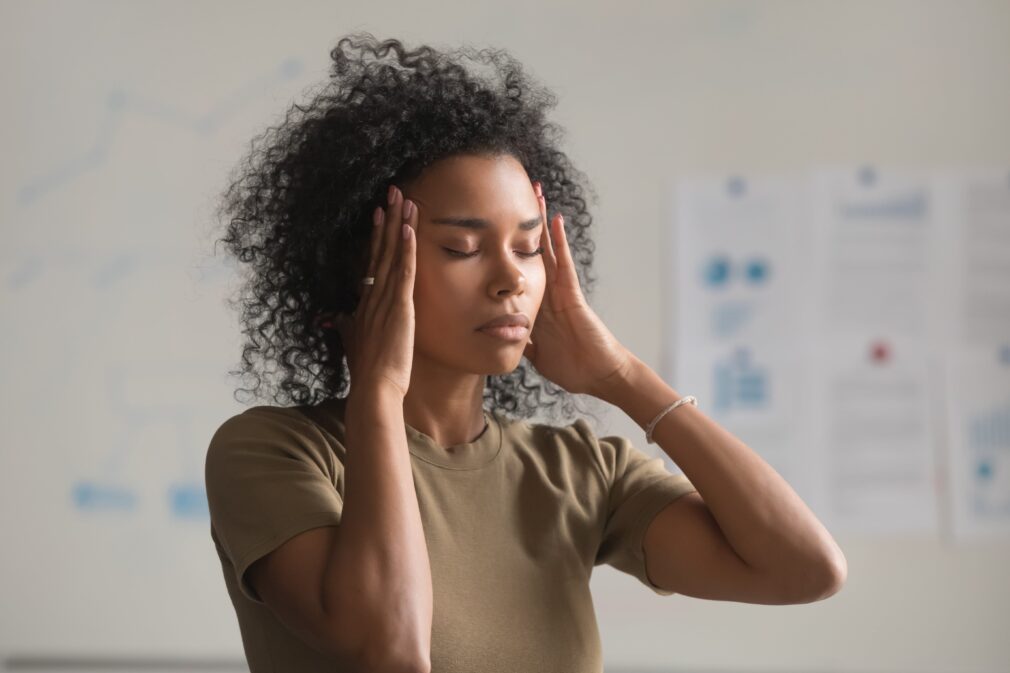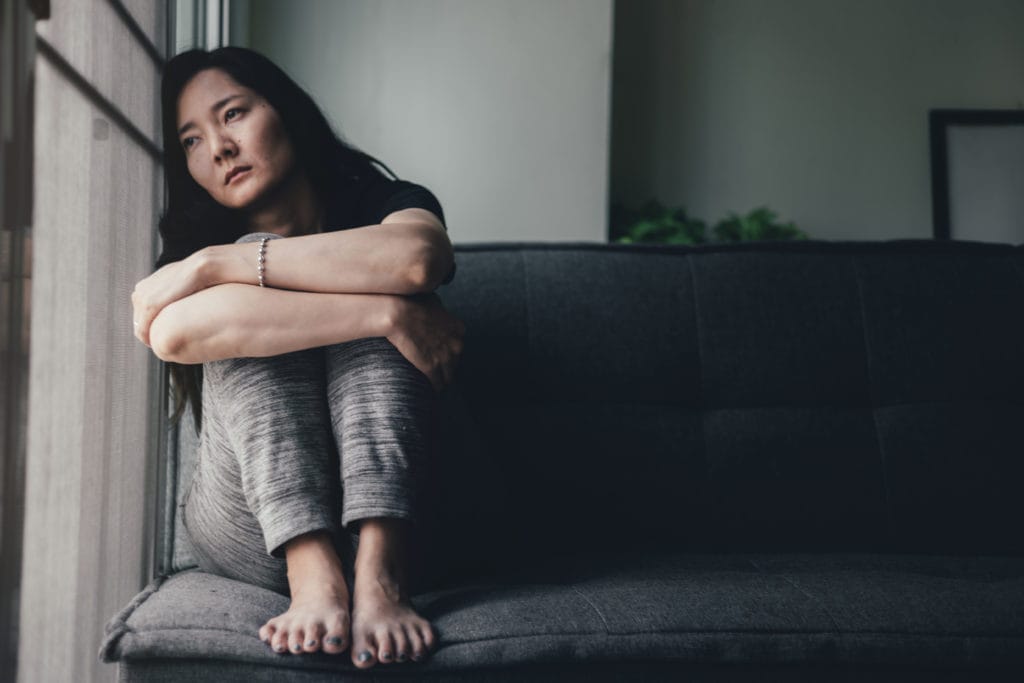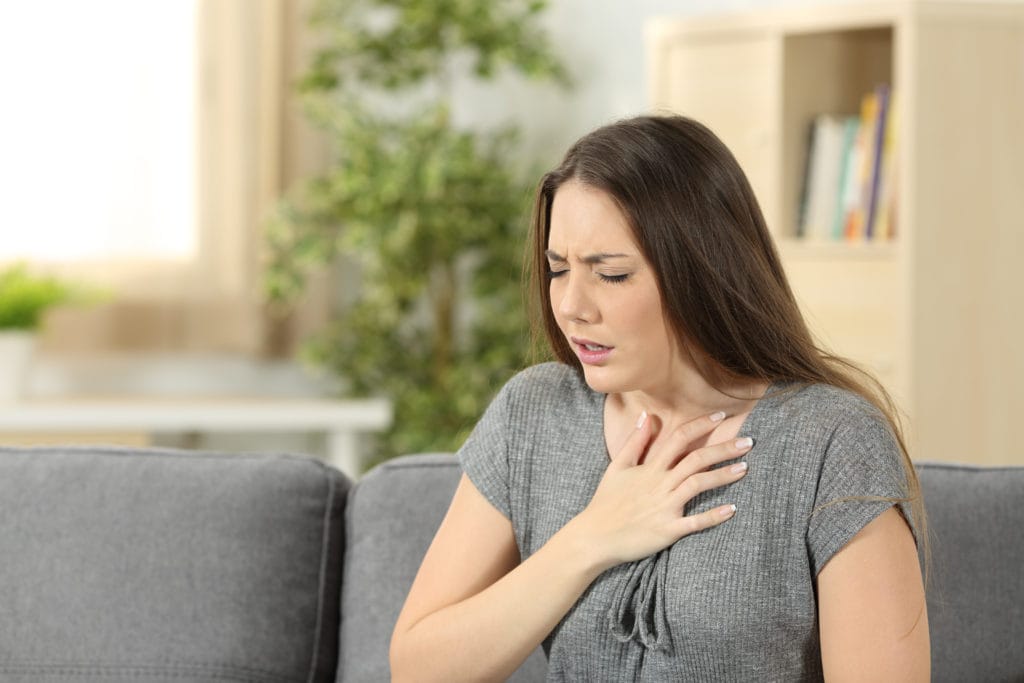
Types of Anxiety Disorders: What You Should Look For & How You Can Get Help
Anxiety disorders are among the most common mental health disorders. Many people suffer from different forms of anxiety every day, and while some stress is a healthy and inevitable part of life, your worry should never inhibit you from daily activities and tasks.
In this blog, we’ll review the main types of anxiety disorders as well as their symptoms, and common treatments for those who are suffering.
5 Types of Anxiety Disorders
There are five main types of anxiety disorders that people can suffer from. While these can be very similar, there are distinct differences between each.
This means you should be vigilant in assessing your symptoms and specific when speaking to a professional for help. Below, we’ve listed the five main types of anxiety disorders as well as the signs and symptoms related to each.
1. Generalized Anxiety Disorder (GAD)
Generalized Anxiety Disorder, or GAD, is characterized by chronic anxiety, exaggerated worry, and tension even when there is little or nothing to provoke it. People with GAD experience severe anxiety for months or sometimes years of their lives.
The persistent feeling of dread and worry often interferes with their ability to live their lives, making it very different from the occasional anxiety caused by stressful events in their life. GAD can have a variety of symptoms, such as:
- Worrying excessively about daily tasks
- Having trouble controlling excessive worries or feelings of stress
- Knowing that they worry too much
- Feeling restless and having trouble relaxing
- Having a difficult time concentrating
- Being startled easily
- Inconsistent sleeping patterns
- Getting tired easily or being tired all the time
- Having headaches, muscle aches, stomachaches, or unexplained pains
- Having a hard time swallowing
- Trembling or twitching
- Feeling irritable or “on edge”
- Sweating, feeling light-headed, and/or feeling out of breath
- Having to go to the bathroom frequently
It’s a normal and healthy part of life to feel anxious and worried about certain situations. However, when your feelings of worry become so overwhelming they’re inhibiting your ability to take care of yourself and perform daily tasks, it becomes a much larger issue.
Once you or someone you know starts experiencing symptoms of GAD, you should seek help from a professional (we will talk about treatments below).

2. Obsessive Compulsive Disorder (OCD)
Obsessive Compulsive Disorder, or OCD, is a chronic and long-lasting disorder in which a person experiences uncontrollable recurring thoughts and/or behaviors. These recurring thoughts (obsessions) and behaviors (compulsions) often drive a person to feel the urge to repeat them over and over.
There are different forms of OCD, but overall the disorder is one of the most common types of anxiety disorders. Some people suffering from OCD will experience motor or vocal tics. These are sudden, brief, repetitive movements.
Some motor tics include:
- Eye movements
- Facial grimacing
- Shoulder shrugging
- Head and/or shoulder jerking
Some vocal tics include:
- Repetitive throat clearing
- Repetitive sniffing
- Repetitive grunting
Symptoms of OCD can come and go over time and they can also get better or worse. If someone with OCD finds themselves in a triggering situation, their symptoms will most likely worsen. The common symptoms of OCD can be broken down into two groups: obsessions and compulsions.
Obsessions:
- Fear of germs or contamination
- Unwanted, forbidden, and/or taboo thoughts involving sex, religion, or harm
- Aggressive thoughts towards others or self
- Having things symmetrical or in perfect order
Compulsions:
- Obsessive cleaning and/or handwashing
- Ordering and arranging things in a specific, precise way
- Repeatedly checking on things
- Compulsive counting
While OCD is a very common type of anxiety disorder, experiencing symptoms can severely and negatively impact a person’s life. The good thing is that OCD can be easily managed with the proper treatment and care from a professional.

3. Post-Traumatic Stress Disorder (PTSD)
Post-Traumatic Stress Disorder, or PTSD, is a psychiatric disorder that may present itself when a person experiences or witnesses a traumatic event. These events can be a variety of situations such as a natural disaster, a violent act, a serious accident, sexual violence, threat of death, or a serious injury.
While it’s widely known as a type of anxiety disorder suffered by people who are or were in combat, PTSD can occur in anyone at any age. Approximately 3.5% of people are affected by PTSD every year, and an estimated 1 in 11 people will be diagnosed with PTSD in their lifetime.
PTSD is characterized by having intense, disturbing thoughts and feelings related to a traumatic experience. This will often happen a long time after the event has occurred, making it difficult for them to function normally. Common PTSD symptoms include:
- Intrusive thoughts such as memories, flashbacks, or dreams
- Avoiding reminders of their traumatic event or resisting conversations about the event
- Inability to remember important aspects of the traumatic event
- Experiencing irritable or angry outbursts
- Being easily startled
- Having trouble sleeping and/or concentrating
- Behaving recklessly or self-destructively
- Being overly watchful or suspicious about their surroundings
For a person to be diagnosed with PTSD they must experience these symptoms for more than a month and it must cause significant issues in their normal daily lives.

4. Panic Disorder
Panic disorder is a type of anxiety disorder that’s characterized by unexpected and intense episodes of fear. These episodes are most often experienced with physical symptoms that could include chest pain, heart palpitations, shortness of breath, dizziness, and/or abdominal stress.
These episodes of panic occur “out of the blue,” meaning they come with no indication or conjunction with a known fear or stressor. These episodes are commonly known as panic attacks, and because they have no foreseen reason for occurring, they can be detrimental to a person’s daily life.

5. Social Anxiety Disorder (Social Phobia)
Social Anxiety Disorder, also known as Social Phobia, is a type of anxiety disorder that causes people to become stressed, worried, or anxious in social situations. It is often described as a person experiencing the intense fear of being watched or judged by others.
This disorder can be triggered by a variety of situations, for instance, meeting new people or speaking in front of a large group of people. However, it can also occur in a person’s daily life such as talking to co-workers, going to the grocery store, or simply being in public places.
While it can take many different forms, the most common Social Anxiety Disorder symptoms usually include:
- Feeling nauseous
- Experiencing a rapid heartbeat
- Giving little to no eye contact
- Having a rigid or closed-off posture/stance
- Avoiding places with other people
Experiencing social phobia is common for many people, but it can sometimes become so severe it prevents people from being able to perform everyday activities and tasks. With the help of a professional, people suffering from social anxiety can learn ways to cope with their fear and live a normal life.

Treatments for Anxiety Disorders
Anxiety Disorders can be overwhelming, but there are ways you can cope and learn to overcome your feelings of worry and stress. Getting the proper help you need will give you the relief you deserve.
The important thing to remember is that your diagnosis doesn’t define you, and with the help of a professional you can feel like yourself again. Below, we’ve listed common ways people with different types of anxiety disorders can be treated.
Psychotherapy
Also known as talk therapy or psychological counseling, psychotherapy involves working with a mental health professional to talk through your anxiety disorder and reduce your symptoms.
The most common and effective psychotherapy is known as Cognitive Behavioral Therapy (CBT). During this treatment, a person suffering from an anxiety disorder will learn specific skills to manage their symptoms. Doing this will hopefully allow the person to gradually return to activities they have been avoiding due to their anxieties.
Medication
If you have the help and guidance of a mental health professional, they may suggest certain medications to help with a specific type of anxiety disorder. The important thing to remember about medications is that they require the assistance of a professional. You should never attempt to self-diagnose yourself because certain medications could lead to severe health issues.

If you or someone you know is experiencing a type of anxiety disorder, you should seek the help of a mental health professional right away. With their help, you can be properly diagnosed and find the best treatment plan for what you may be suffering from.

